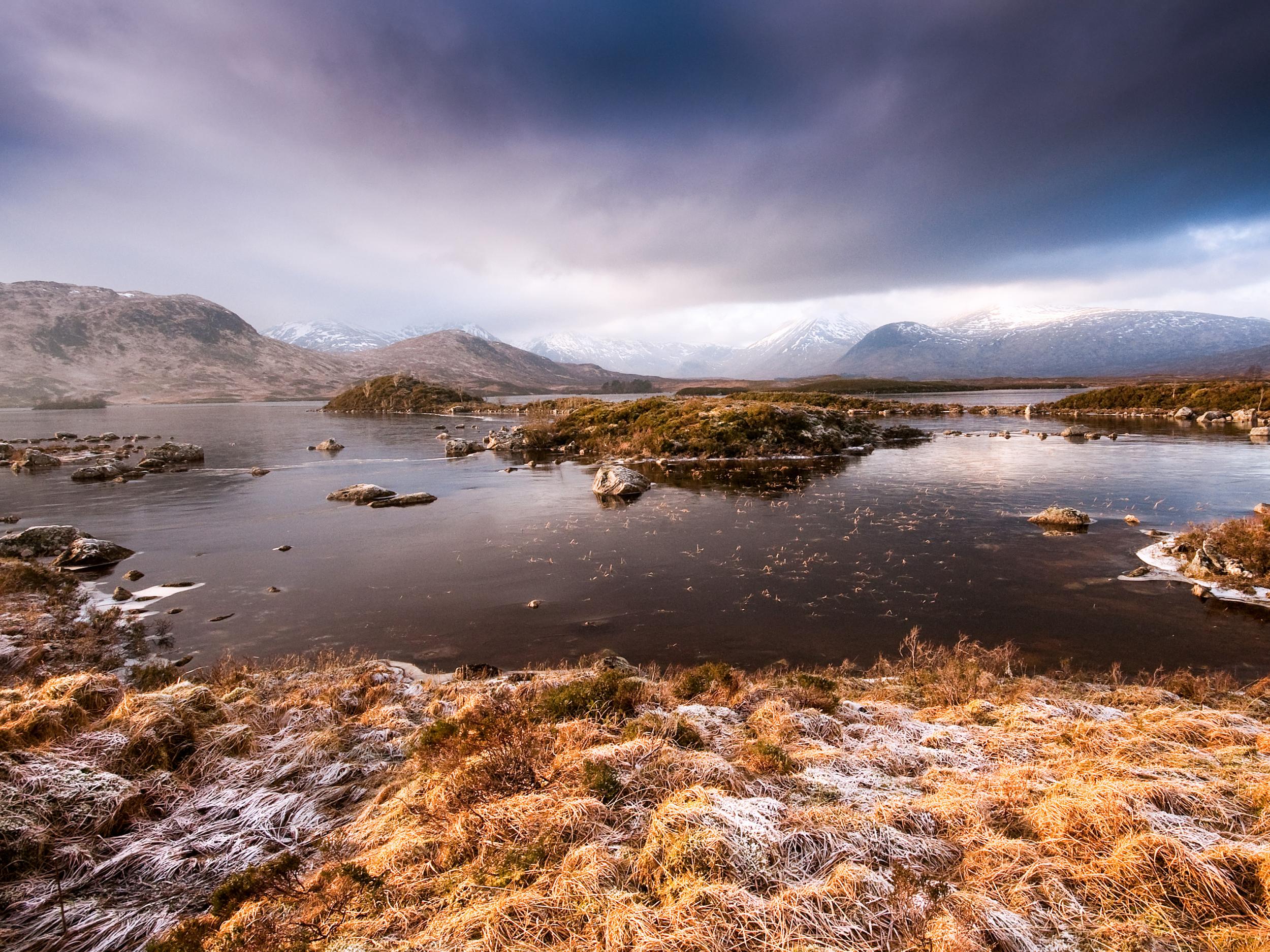On wild Rannoch Moor, who were these silent teenagers?
In the latest in his series reflecting on memorable places and pathways, Will Gore lets his mind wander, because some questions are best left unanswered


What is the bleakest place in the United Kingdom? For a pretty tightly populated island, there are nonetheless some decent candidates.
Cape Wrath perhaps, on the northwestern tip of the Scottish mainland? The Forest of Bowland – if indeed a forest can be bleak?
There are several wild and mountainous areas to choose from, and upland moors; although the low, flat fens of East Anglia can give any of them a run for their money in the desolation stakes when east winds whip in from Siberia.
Rannoch Moor would certainly feature high on the list, if not at the top. The 50 square miles of boggy moorland is a lonely landscape, famous for its wildlife – much of it unseen in the rough heather and water-riven peat.
The construction of a railway across the moor was a remarkable feat, though somehow typical of the age. Built towards the end of the 19th century, it probably didn’t go much over budget either (HS2 take note).
Corrour station, towards the moor’s northwesterly corner, is Britain’s highest and one of its most remote. The nearest public road is 10 miles away. If the trains stop running, you have to trek out on foot.
Closer – just over a mile distant – is the youth hostel at Loch Ossian, another building standing alone in this extraordinary landscape, clouded in midges and with composting lavatories to boot.
Visitors to the hostel are mostly walkers, perhaps unsurprisingly, with a few ornithologists thrown in for good measure. Unless the weather is utterly intolerable, people using it as a base leave after breakfast and return – dead beat – at the end of the day, desperate for cups and tea and a bunk.
It must be at least 10 years since I was there, arriving on the sleeper train, stunned by the rough beauty of the place. More surprising was the almost silent presence at the youth hostel of a German (or at least German-speaking) family consisting of a mother and two teenage girls.
They were plainly not there for the hiking, though occasionally they would venture out in trainers, seemingly heading for the moor but eventually doubling back. The three of them rarely spoke to one another, let alone to anybody else, aside from a “good morning”. They would often be found reading at the communal table or by windows.
What, I wondered over those few days, were they doing there? It seemed such a bizarre choice of destination for a non-walking holiday with teenagers. Were they on the run from something, or someone? Were they, perhaps, Robert Louis Stevenson aficionados, come to see the land that had inspired Kidnapped? Or was this espionage – three unlikely spies searching for persons unknown in the midst of the Highlands?
It was, I suppose, just possible that this was a family whose love of the great outdoors had led them to one of Europe’s last true wildernesses and to quiet contemplation. But I much preferred the idea that they were like something from a John Buchan novel.
I could have asked them of course, to put an end to my guesswork.
But then, sometimes knowing is all too prosaic. Not knowing makes anything possible.
Join our commenting forum
Join thought-provoking conversations, follow other Independent readers and see their replies
Comments